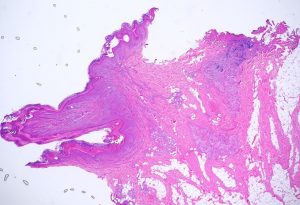These tumours originate in the glial cells, cells whose function is to provide supporting tissue for neurons. Depending on the origin they can be classified as astrocytomas, oligodendrogliomas and ependymomas.
Clinical signs

The clinical signs will be marked by the location of the lesion. There are general signs common to all locations, although not always present, they include headache, cognitive slowness, seizures in cortical tumours, and other clinical signs more related to the precise location of the lesion. Depending on the area of the brain affected, these may include difficulty or impossibility to move one half of the body, language difficulties, visual disorders, etc., in other cases the symptoms may be subtler or even nonexistent.
Diagnostic tests
After performing the clinical examination and if an intracerebral lesion is suspected, we must proceed with imaging tests. Usually the first test is a cerebral CAT scan, followed by cerebral MR imaging to enable more precise location of the lesion.
Treatment
The treatment of glial tumours considers three basic pillars, surgery, which in the majority of the cases will be the treatment of choice, radiotherapy and chemotherapy. Depending of the location of the lesion, clinical condition of the patient and other prognostic factors, the treatment of choice will be one or another, or even a combination of these treatments in some cases.



